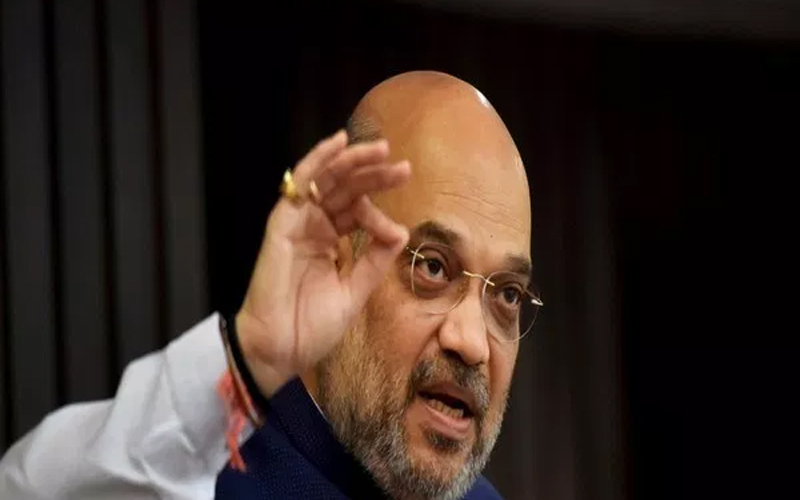New Delhi: The perceived architect of Prime Minister Narendra Modis second consecutive win, Amit Shah, generated the much talked-about pro-incumbency wave with the help of eight of his close aides who worked in tandem with BJP Presidents office without break for almost two years. Many of his aides, seldom seen in the media, worked as backroom boys from the BJPs new multistoreyed headquarters located in central Delhi.
Amit Shah’s confidante and national general secretary Anil Jain was an important player in the BJP’s ‘300-plus’ plan for Lok Sabha polls 2019. Jain, also a Rajya Sabha MP, was given the most crucial charge of reviving the party in Chhattisgarh which was wiped out by the Congress in the Assembly elections last year.
Jain was also tasked to ensure a sweep in Haryana which had been led by a non-Jat Chief Minister M.L. Khattar. Sources said that Anil Jain suggested to Amit Shah that most of the sitting MPs be replaced. In Chhattisgarh, the BJP Parliamentary Board acted on Jain’s advice and changed the candidates, which led to the party’s unexpected big win despite registering a heavy loss in the Assembly polls recently.
Despite the Samajwadi Party and Bahujan Samaj Party’s lethal alliance (gathbandhan) based on caste equations, the BJP picked up more than 60 seats from Uttar Pradesh, almost sounding the death knell for parties winning polls purely on caste arithmetic. In unpredictable Uttar Pradesh, BJP’s General Secretary Sunil Bansal, a trusted lieutenant of Shah, crafted a big unexpected victory for the party.
Sources said Bansal reactivated office-bearers at the block level and formed local committees across the state to unite all OBC and Scheduled Castes under the saffron umbrella. Bansal also removed the deadwood from the party setup and promoted energetic youth leaders in the rank and file of the party. “Bansalji was the key architect of BJP’s historic win in the state assembly polls in 2017. He works from ground zero and maintains rapport with the cadre and even municipal level leaders. His strategy worked well this time too,” said a BJP MLA.
Demolishing Mamata Banerjee’s army in Bengal with carpet bombing seemed to be Shah’s one-point agenda in this Lok Sabha election. Veteran Madhya Pradesh leader, Kailash Vijayvargiya outperformed the task. He boosted the RSS cadre in each district of Bengal. To aggressively confront the local “goonda elements”, central security was provided to key RSS and BJP office-bearers who were also being harassed by the state machinery.
Finally, the Hindutva campaign, effectively managed by Vijayvarigiya, rekindling memories of the work done by Syama Prasad Mookerjee in the state. The campaign captured the mindset of the majority in a state where the state government was accused of minorities appeasement.
One man who really created the difference in the party’s outstanding performance was Bhupendra Singh Yadav, the National Vice President of BJP. Yadav, who is close to Modi as well as Shah, was tasked with coordinating rallies of the top leadership. Yadav effectively coordinated with Modi’s personal staff in selecting venues and finalising places for important public meetings and roadshows for Shah.
Besides, he also oversaw political campaign and strategy in Bihar. Sources said that that National General Secretary Arun Singh too played a key role in ensuring that new offices of the BJP across the country were established in time. Meanwhile, union ministers J.P. Nadda, Piyush Goyal and Prakash Javdekar worked closely with Shah to launch effective campaigns and coordinated with state office-bearers to overlook poll preparations.
On the other hand, Shah took a tough decision in replacing 120 sitting party MPs with new and relevant faces. At booth-level, Shah reconstituted teams of at least 20 members per booth involving almost 1.80 crore supporters. To popularise the schemes of the Union government, Shah also set up 161 call centers across the country. While Shah’s team was given a free hand to execute his orders, most of the work was also monitored by the Prime Minister’s personal staff. The ‘check and balance’ policy finally worked for the party.
[source_without_link]IANS[/source_without_link]

